commentary Commentary
Commentary: The year China’s rise enters awkward adolescent phase
The year ahead will test China’s ability to navigate geopolitical flux. China must face up to concerns about its rise, says Tom McGregor.
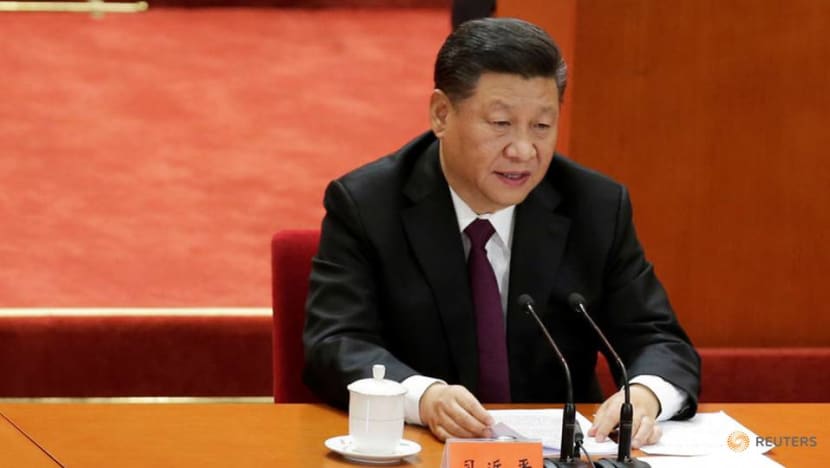
Chinese President Xi Jinping speaks at an event marking the 40th anniversary of China's reform and opening up at the Great Hall of the People in Beijing, China, Dec 18, 2018. (Photo: Reuters/Jason Lee)
BEIJING: 2018 has been a watershed year for China, coming on the back of the removal of term limits on the presidency, amid an increasingly confrontational relationship with the United States.
But the country has made strides in improving relations with countries in its immediate backyard, not least on the South China Sea front as a draft text that will serve as the basis for negotiations over the code of conduct has been finalised.
The year ahead will be a test of how it navigates geopolitical flux amid concerns about its rise.
READ: The year China's luck ran dry, a commentary
RENEWAL OF US-CHINA TIES
2018 was a rough year for relations between US President Donald J Trump and Chinese President Xi Jinping. Trump had at one time expressed concerns over losing his friendship with Xi.
Beyond efforts to restore the personal relationship, we can expect Washington and Beijing to try to find ways to get back bilateral relations back on track with a remarkable improvement in bilateral trade and economic cooperation.
We are also likely to witness a dramatic rebalancing of global trade with a major reduction in the US-China trade deficit as Beijing kicks into high gear to boost US imports in order to avoid the return of Tariff Man after the 90-day trade truce ends come February.
During negotiations, Chinese trade officials are expected to agree to end tech transfers, tighten subsidies to Chinese companies exporting overseas and encourage Chinese manufacturers to invest in opening new factories in the US.
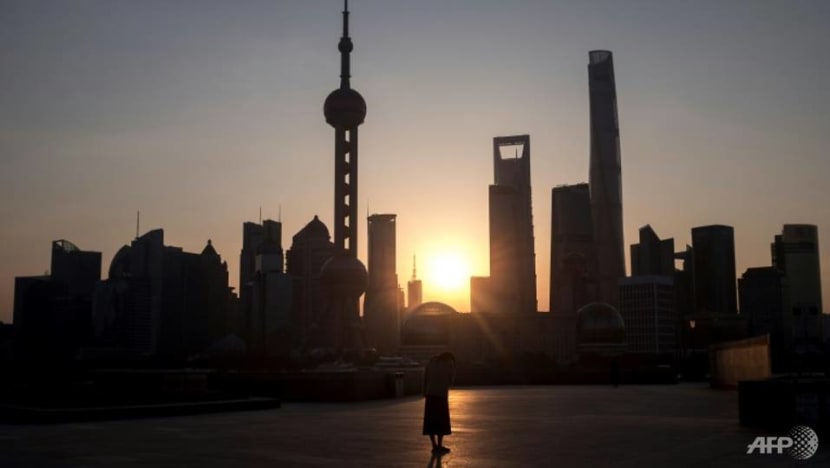
Chinese officials will do what they can do end the trade war, in order not to jeopardise the country’s growth, a vital ingredient for stability and order, which bolsters the party’s legitimacy.
While these steps may fulfill President Donald Trump’s chief intent of ending unfair practices that have skewed the US-China trade balance, they will, however, not satiate the appetite of neoconservative hawks in the administration.
In particular, expect US trade adviser Peter Navarro to stay stubborn and attempt to derail US-China trade talks, through delays, deflections and additional demands before a US-China trade agreement gets signed.
If Trump is focused on winning over his base, he might eventually conclude that Navarro is causing more harm than good to his 2020 rebid for office. If so, Navarro’s position will be tenuous and if he continues to press his neoconservative agenda, his swift removal from office is almost certain.
READ: The year America finally pushes back against China, a commentary
Because the effects of the trade war will be too painful for both countries to endure for long, we should expect for Trump and Xi to sign a trade agreement near the end of 2019 or early 2020 at the latest, which Trump will no doubt parry to show he’s fully delivered on this election campaign promise and claim victory on the US-China relationship.
This scenario is a win-win for China, where it allows the country to continue its growth trajectory and feed a rising middle class.

DOWNHILL FOR CHINA-EU RELATIONS
If China and the US strengthens economic cooperation and diplomatic relations, the biggest loser will be Brussels, should the European Union (EU) fail to anticipate that Washington and Beijing would sign a trade agreement. They will be left out in the cold in such a scenario, as Chinese investors pull out of Europe and sweep into US markets.
The EU might be tempted to resort to an old trick of attacking China for its human rights records or political opacity but expect businesses around the world to continue to invest in China regardless. The economic behemoth’s gravitational pull will simply be too strong to ignore.
Brussels may even attempt to draw Moscow closer to the EU, and attempt to drive a wedge between the two major countries but EU sanctions against Russia, enacted in response to the annexation of Crimea, will remain a sticking point and constrain the EU’s ability to work with Russia. The EU will continue its drift towards irrelevance.
READ: Don’t bank on Europe for growth in 2019, a commentary
CHINA AND INDIA, GOOD NEIGHBOURS
China’s Foreign Minister Wang Yi was joined by a large delegation of Chinese officials and businesspeople on a trip to Delhi in December.
Coming on the back of an earlier exchange between Xi and Prime Minister Narendra Modi where they agreed to enhance engagement in 10 areas, the two nations, long at odds with each other, are beginning to find common grounds of mutual benefit for cooperation.
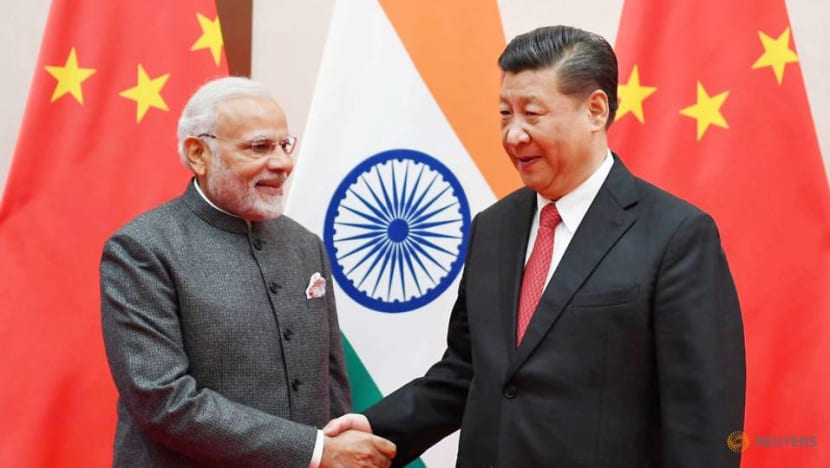
We may see India finally set aside reservations to join China’s Belt and Road Initiative, while Beijing begins to readjust its relations with Pakistan on account of new challenges and obstacles arising from the development of the China-Pakistan Economic Corridor.
China and India will agree to lessen tensions over border issues, while bilateral trade and people-to-people exchanges will continue to increase. Bollywood films will become even trendier in China and the Indians will welcome a growing number of Chinese tourists arriving in their country.
JAPAN CONTINUES TO TAKE A BACKSEAT
Relative to the rest of Northeast Asia, Japan has been a rather passive player this past year. As China’s economy surges, and the two Koreas have made some headway to restart an era of engagement, there hasn’t been much movement on Japan’s diplomatic front.
Taking dressing from the US’s posture in the region, Japan may adopt the approach of establishing closer trade and diplomatic trade ties with China, after a US-China trade agreement has been signed, even as it continues to find ways to enhance the US’s involvement in security affairs in the region including the exercise of freedom of navigation operations.
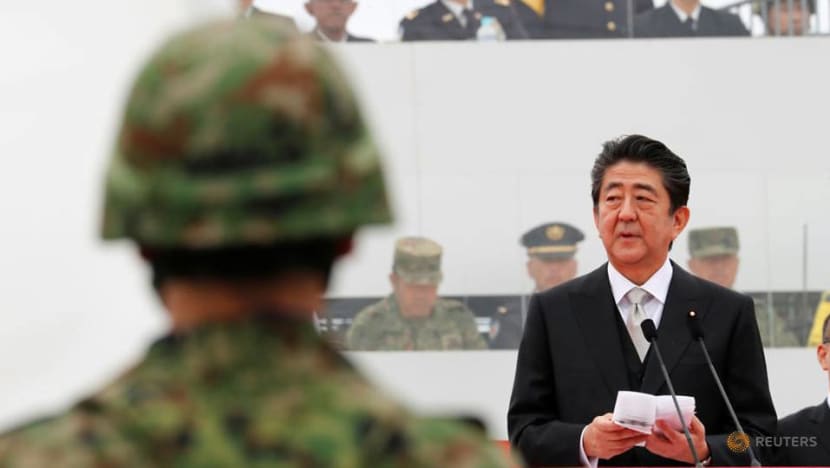
SUSPICIONS RISE OVER CHINA’S TECH
There are huge risks and potential pitfalls China must avoid in 2019 – the most pressing to address is the idea that Chinese technology has been developed for the primary aim of hegemony and surveillance.
There is a growing suspicion that Chinese tech giants are engaging in global surveillance, fanned by both neoconservative and neoliberal bases in the US. For others, the incredible growth of Chinese technology represents a threat to the American tech sector and to the US’s dominant position in the global economy.
Smartphone technology, including Apple which manufactures many of its devices in China, will come under greater scrutiny. Apple may come under stronger pressure to move its factories out of China and into the US which may spark off adverse reactions from Chinese consumers who may buy fewer iPhones and more Huawei phones.
If companies begin to “decouple” in response to increasingly nationalistic policy agendas, 2019 does not bode well for China. Such claims are also likely to dissuade Facebook and Google from any plans to open offices in China, even as they have to wait until Trump and Xi sign a trade agreement to consider any progress on this front.
READ: Tantrum diplomacy in the arrest of one Huawei executive, a commentary
Despite the uncertainties, as China shifts towards a consumption-driven growth model, Chinese consumers are likely to provide the country with a much needed boost.
Advanced forms of manufacturing in smart technologies, artificial intelligence and the internet of things will be a key engine for the Chinese economy, especially if their learning curve can accelerate if more Chinese companies open up factories in the US. Big data analysis and the proliferation of digital payments mean services stand in good stead for growth in China as well.
It will be a while before Shenzhen can launch a credible challenge to Silicon Valley but the roar of the Chinese economy is not likely to let up in 2019.
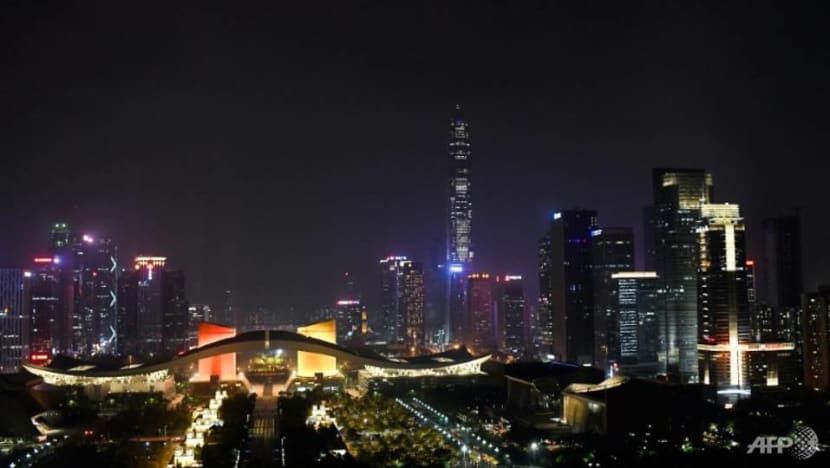
THE RISE AND RISE OF CHINA
After enduring a few bumpy months at the beginning of 2019, my prediction is that China will ride out the storm and come out clean. The Chinese will not lose faith in their government, economy or the Chinese dream of redevelopment and national rejuvenation.
Beijing will increase spending on its military, promote its high-tech sector, cut taxes and reduce regulations to welcome more US investments in China in the banking and finance sectors. Closer US-China ties will usher in a new age of peace and prosperity, not just between the two nations but for the global economy.
Closer to home, as China continues to pursue development and growth in 2019, and its military carries on its modernisation programme, countries in the neighbourhood might get increasingly nervous and sensitive, particularly with regard to China’s actions in the South China Sea, but it’s important to keep in mind that China too has a vested interest in ensuring that tensions do not boil over and disrupt growth.
China can expect brighter prospects on the horizon, especially for the second half of 2019.
But in the year ahead, it must also manage growing suspicions over its global intentions behind its extraordinary growth, as countries readjust and get used to a future that is increasingly looking more Chinese.
Tom McGregor is a commentator on Asia-Pacific affairs based in Beijing.












